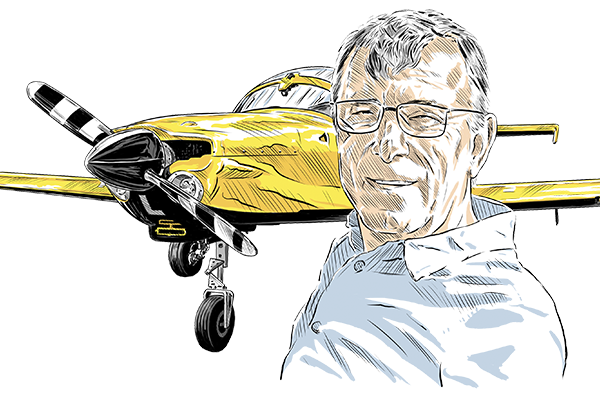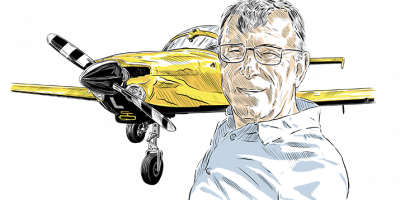Nick’s analysis
This was a really close shave for both the aircraft occupants and the vehicle driver. A few inches lower and the collision would have been much more severe. However, the pilot looks to have done a good job in handling the incident.
A go-around was a prudent decision after hearing the loud bang. He sought assistance from the D&D, and obtained a visual inspection before landing.
He flew the aircraft throughout and landed safely back at Elstree.
The incident raises the issues involved in operating at quiet, unlicenced airfields with very little supervision or monitoring of vehicle traffic both on or off the airfield.
Some years ago, a much worse incident occurred at an airfield in Norfolk in which a Christen Eagle collided with an agricultural vehicle which was crossing the runway threshold.
One pilot was killed instantly. The second survived for a month or so without regaining consciousness before succumbing to his injuries. The latter pilot was a very good friend of mine from RAF and airline days, and I was a part-owner of the aircraft.
The subject of operating safely at unlicenced airfields is, therefore, very close to my heart.
Pilots who learn to fly at larger licenced airfields enjoy a certain amount of protection from threats such as vehicles both on or near their airfield.
Vehicle traffic on the airfield will be under some sort of control, either directly or procedurally.
Runway thresholds close to public roads may have inset touchdown points to guide pilots to landing further into the runway.
Licenced airfields, therefore, offer better protection for pilots against vehicles, though it is obviously still vital that pilots keep a good lookout for any rogue vehicles whose drivers may have missed or ignored the rules.
You might have the right of way over a vehicle while in an aircraft, but I would not rely on the law to help you out of a potential collision!
Flying into – and out of – quiet unlicenced strips is far more hazardous in terms of vehicular traffic and, indeed, other potential obstructions to your flying. If you learn to fly on such airfields – and there are many such airfields offering training quite happily – you will learn of the potential dangers as you progress through your flying.
During a recent approach to my airfield in Suffolk, for example, we noticed that a significant flock of deer had assembled on the runway threshold. Needless to say we went around, at which point the deer trotted off towards some nearby woods.
We still kept a beady eye out on the next approach in case of any rapid return of the deer to the runway.
So the most difficulty may be felt by the new pilot who has learned to fly at a licenced airfield and who is now venturing to an unlicenced airfield for the first time. Some research into the airfield will be vital to the pilot.
They should consult any airfield information from proper sources. An online satellite view of the airfield will offer very good guidance as to proximity of public roads.
Probably of most use will be a telephone call to the airfield operator. That will give the most up-to-date guidance on the airfield on what to expect, including watching for vehicular traffic. There might even be dog walkers of whom you need to be aware.
Many airfields have agricultural activity on them throughout the year – it is really important that you maintain a constant watch for such traffic when operating at these airfields, as it’s very likely that the drivers of such vehicles may not see you, and they will almost certainly not hear you inside a noisy tractor cab.
And, as I mentioned above, watch out for animals. They might be at their most active around dawn or dusk but they can pop out at any quiet moments. A first approach to go-around might be a good idea at a new rural strip both to gain confidence in the approach and to encourage animals to move away.
Some points to take away:
- Be wary of the hazards of flying into quiet unlicenced airfields.
- Research the airfield and call the owner or operator for guidance.
- Have a good look at the airfield from the air as you arrive and fly a first approach to go-around.
- Go home if you aren’t completely happy with landing there.







1 comment
Which is your airfield, Nick?